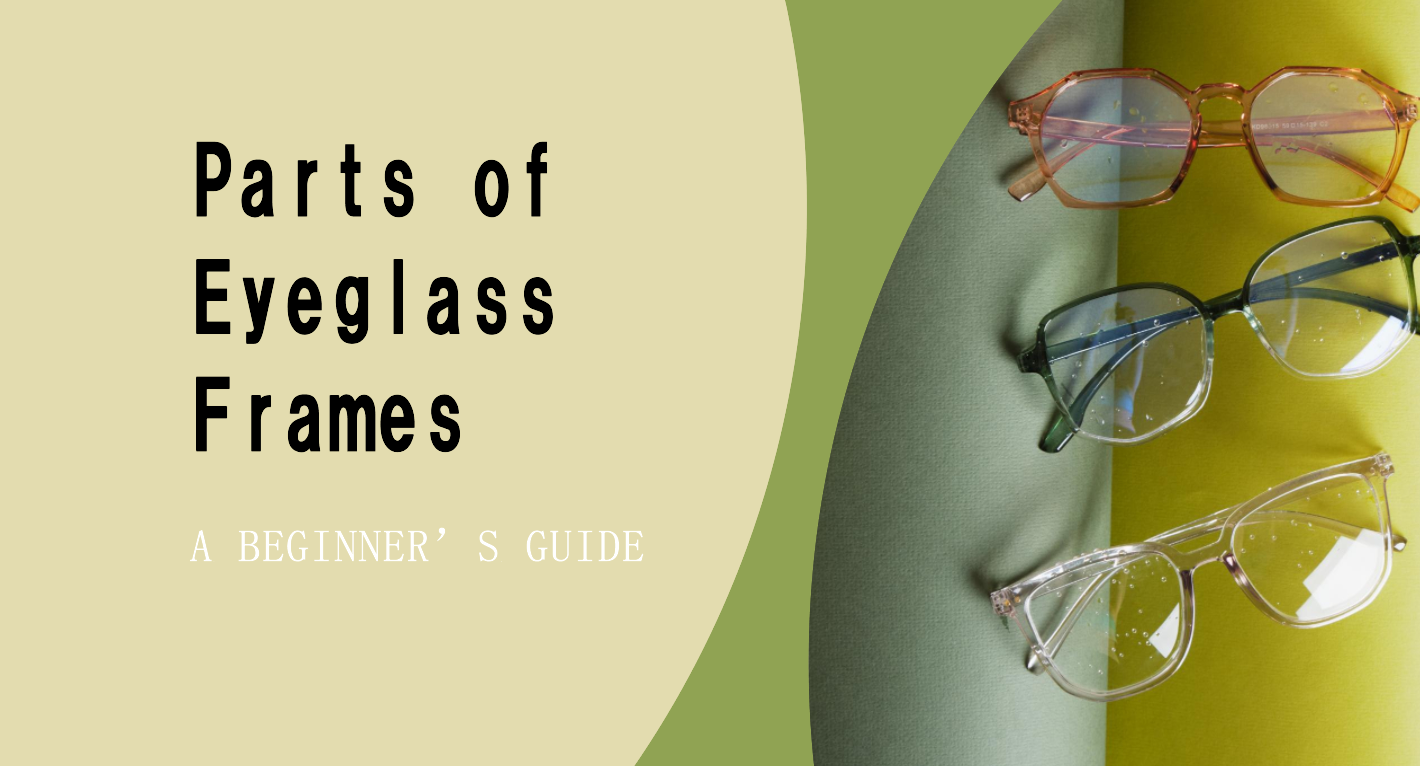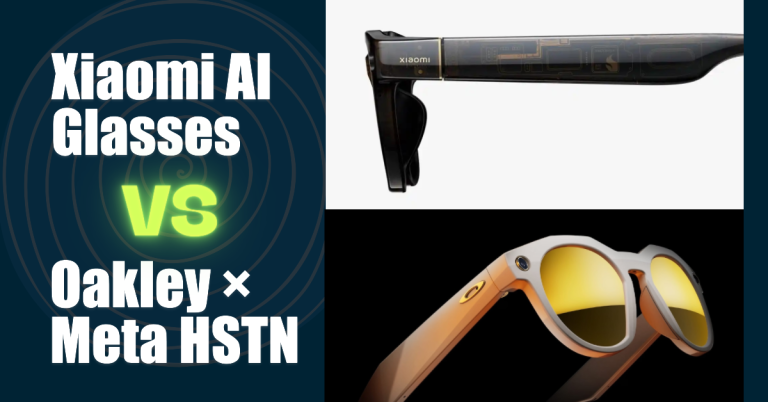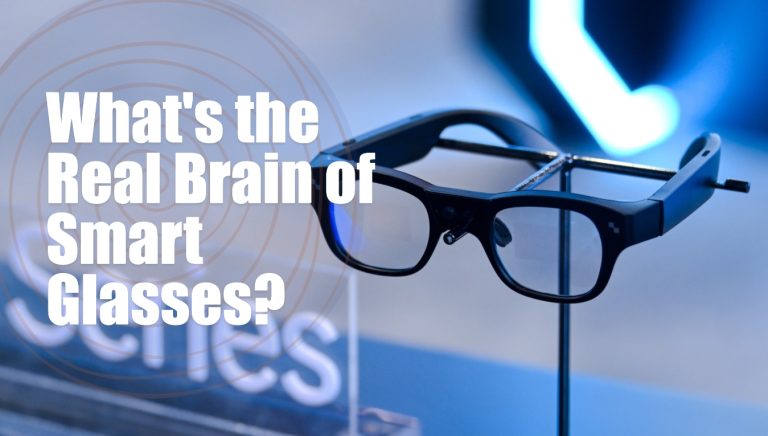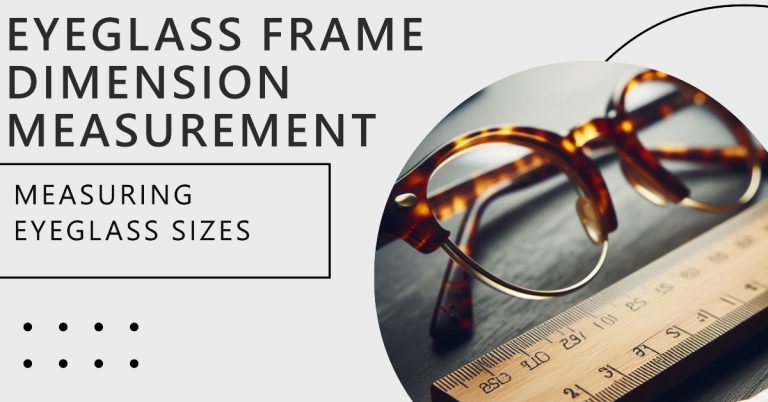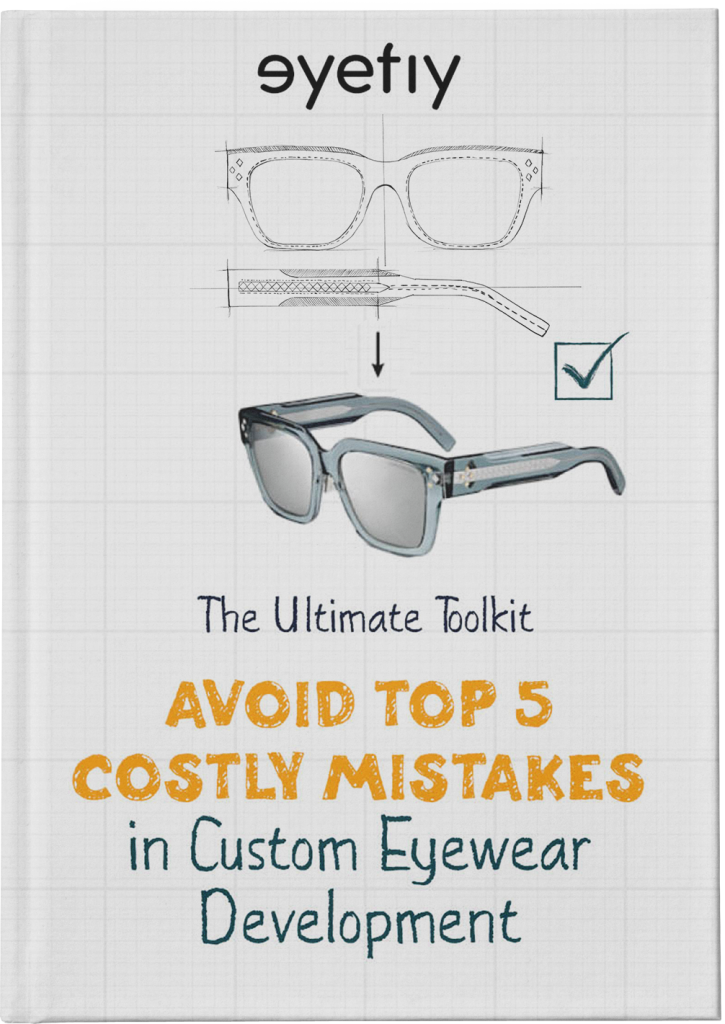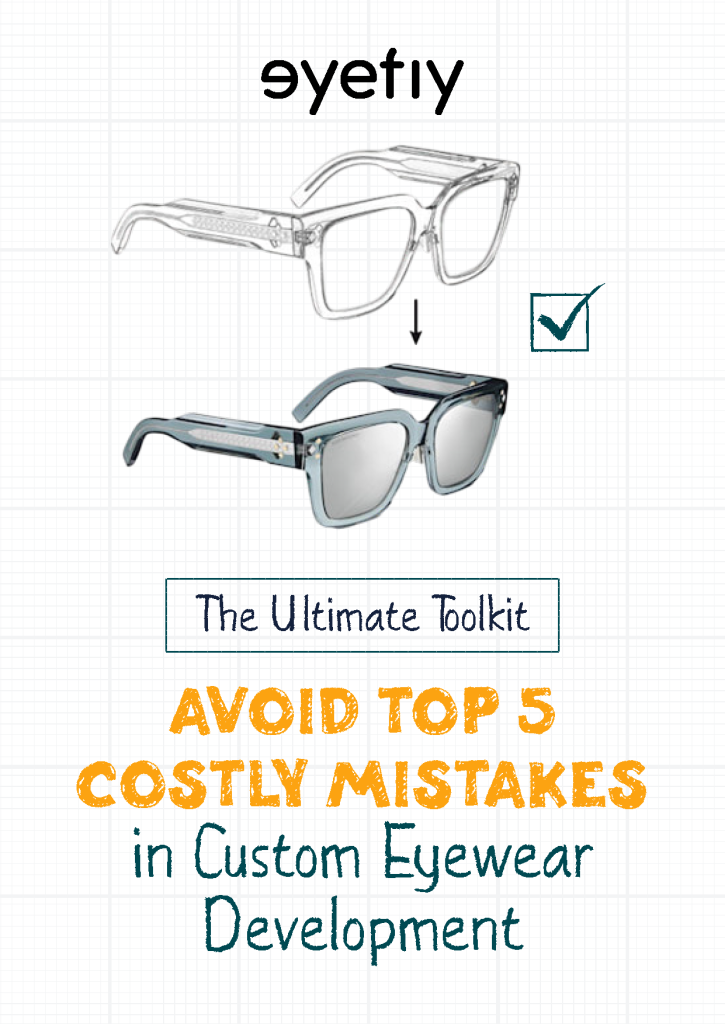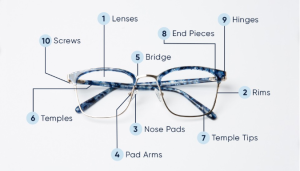
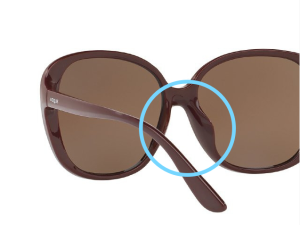
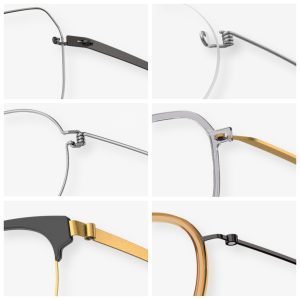
Glasses are precision optical instruments. Whether their structure is reasonable or not directly affects the comfort, stability, and effectiveness of wearing them. The lenses, frames, nose pads, hinges, and screws analyzed in the previous text all have their own functions: the lenses correct vision, the frames hold the lenses in place, the nose pads distribute pressure, and the hinges allow for flexible opening and closing, all working together to meet the wearer’s needs.
Understanding the structure of glasses can not only help us choose suitable products but also guide daily maintenance. For example, if the temple arms of the glasses are shaking, it may be due to loose hinge screws or displacement of the shaft. If the nose pads feel too pressurized, we need to adjust the angle of the pad arms or replace the material. Mastering this knowledge can extend the service life of glasses and maintain the best effect.
